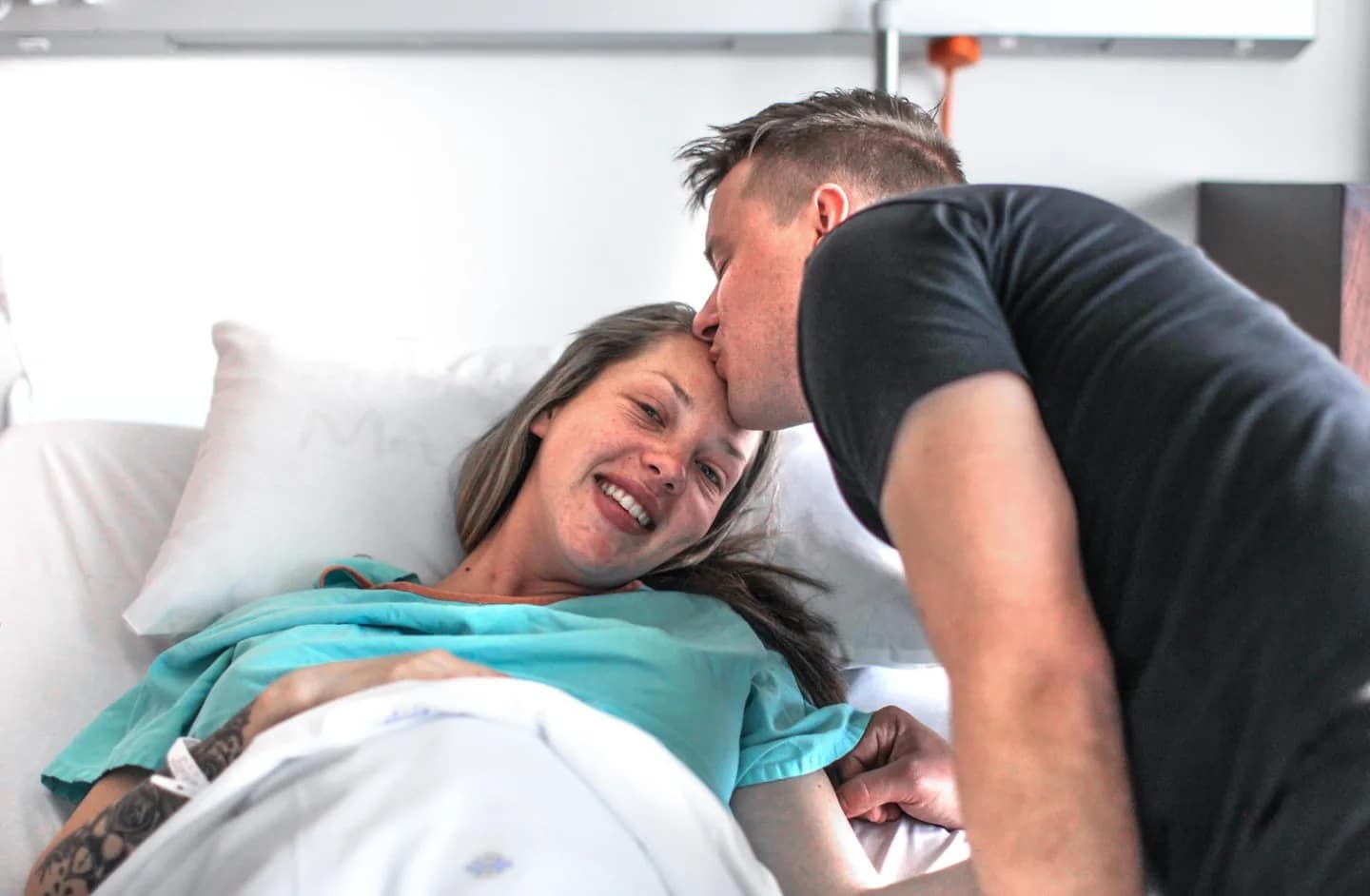Getting induced may not increase your risk for C-sections, says study

For some women, getting induced at 39 weeks could be a new option.
Table of Contents
For many pregnant women, getting induced is a last resort measure. Something doctors suggest when your due date has come and gone but you’re still as pregnant as ever. For other mothers, though, an induction is a welcome way to bring baby into the world when mama is ready.
For years, women who’ve sought inductions without being overdue or having another medical need for one have been told that the doing so would increase their chances of having a C-section, but the authors of a 2018 study published in the New England Journal of Medicine say that’s not the case.
Does induction increase your risk of having a c-section? What the science says
The results of a clinical trial titled “A Randomized Trial of Induction Versus Expectant Management (ARRIVE)”, suggests choosing to induce labor does not increase the likelihood of a C-section for healthy moms with low-risk pregnancies, but lowers the frequency of cesarean delivery by about 3% in healthy, low-risk moms at 39 weeks, something that surprised researchers.
More than 6,000 pregnant people were involved in the study, which divided them into two groups. The first had labor induced at 39 weeks and the other waited for labor to begin without interventions, and were only induced if there was a medical reason to do so, like going overdue.
The study is good news for mothers who want to have the option of inducing labor on a day that works for them, but some experts worry the results could be used to persuade pregnant women to opt for medical interventions that wouldn’t be their first choice.
A midwife’s take on getting induced
“Welcoming a child into the world touches every aspect of your life. In an effort to increase choice for women and offer truly holistic care, that takes into account the multifaceted reality of parenthood, the recent findings from the ARRIVE trial are welcome—increased knowledge equals increased options—at least it should,” says Diana Spalding, a midwife and pediatric nurse.
Spalding says women may consider an elective induction of labor at 39 weeks for a variety of social, emotional, and physical reasons, any of which should be respected as relevant and important.
“It is her provider’s responsibility to provide her with information and guidance in accordance with research, and support her as she comes to the best decision for her. This study provides additional information with which to support women,” she continues. “However, the ARRIVE study also generates concern, primarily that its findings can potentially be used as a generalized ‘pass’ on all elective inductions without continuing to consider additional options, evidence, and risk.”
For example for women seeking to lower the chances of having a cesarean section, the American College of Nurse-Midwives points out that there are a number of ways to do this beyond the scope of the ARRIVE trial—”a 2017 Cochrane Database Systematic Review reported that if 14 women have continuous labor support, one cesarean birth can be prevented…The ARRIVE trial reported that 28 women will have to undergo an elective induction to prevent a single cesarean birth.”
An elective induction is an option for some, but not all mothers
For some women, the trade-offs associated with an elective induction are worth it. One of the moms who was induced during the study, Kelli Rojek, opted in because it worked for her family. “It was actually rather convenient for us,” she told NPR. “We have a dog at home and we were able to call our families and say, ‘Hey, we’re going to go in at 11 p.m. on this day, and can you guys come up to take care of the dog and then come up to the hospital afterward?’ “
Although Rojek was worried about the risk of having a longer labor after an induction, hers was fairly quick and her son came into the world by 6:30 the next morning.
Critics worry the study’s results may not be representative of the general population, as noted by Dr. Michael Greene, an OB-GYN at Massachusetts General Hospital, in an editorial accompanying the study in the New England Journal of Medicine.
Despite these concerns, Greene says the study “should reassure women that elective induction of labour at 39 weeks is a reasonable choice.”
Spalding cautions that “we cannot start to recommend that all women have routine inductions at 39 weeks based on this study. There is still a lot we need to learn.”
In the end, choice is what this is all about, and more information helps mothers make the best choices for themselves, and their babies.
“We must continue to look at the big picture,” says Spalding. “This study adds to it, but does not define it. Ultimately, the healthcare will be made better when women are encouraged to trust their bodies and their intuition, and supported in the decisions they arrive at.”
A version of this story was published August 20, 2018. It has been updated.


































